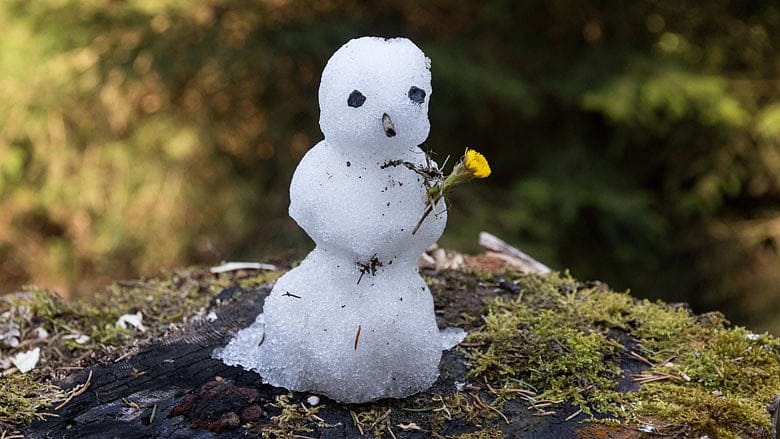New England’s winter that wasn’t

BOSTON — It was a welcome respite for some local residents still exhausted from the shoveling they had to do during the eternal winter of 2015; but for many New England skiers, snowboarders, and children anticipating an extra day or two off of school, the December 2015-February 2016 winter season didn't feel like much of a winter at all.
That's thanks in large part to the presence of El Niño, which kept the brutally cold temperatures of 2014 north of the continental U.S. this season.

